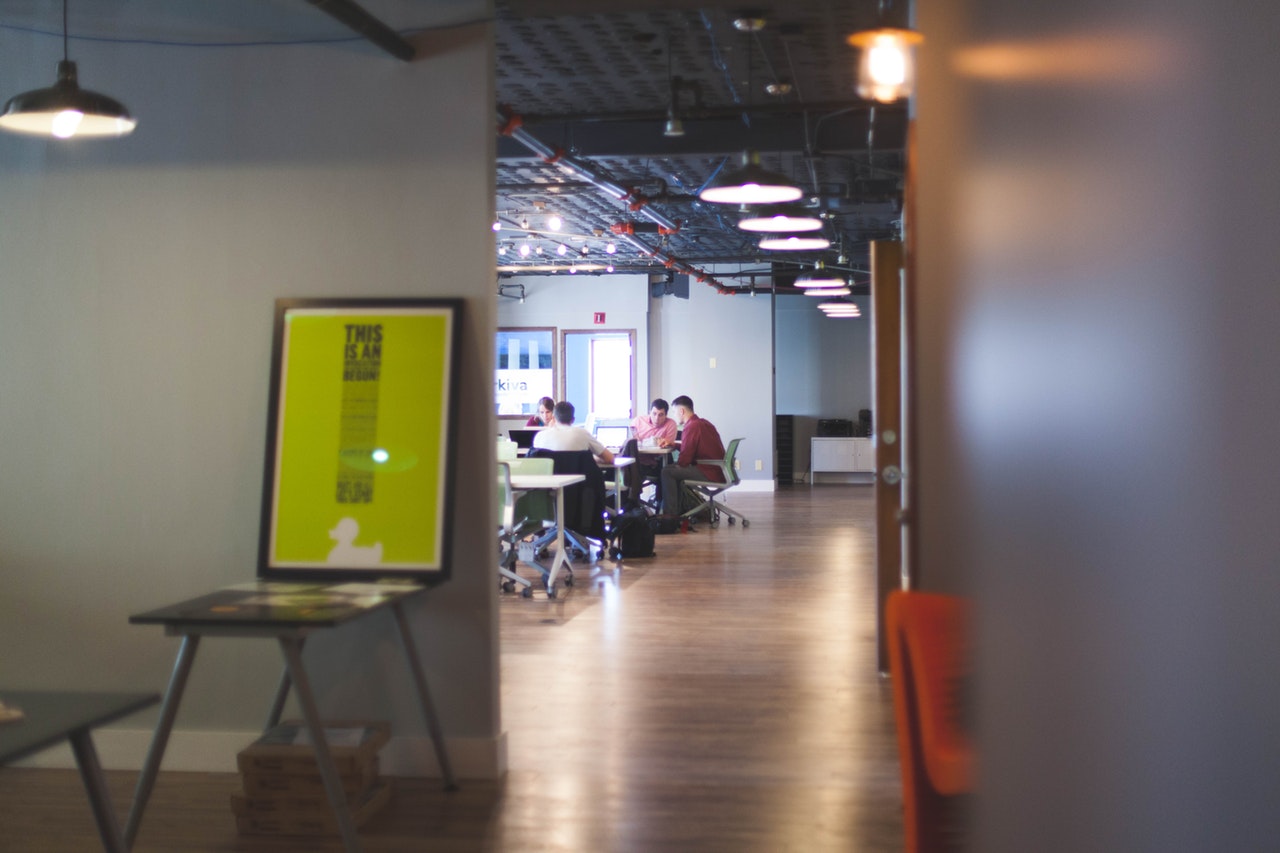Physical Qualities of a Workplace That Improve Employee Performance

What are the physical qualities of a workplace that improve employee performance?
- Lighting
- Size of room
- Furnishing
- Ventilation
- Recreational spaces
If you don’t already know, there are actually several external factors that could affect the level of performance an employee exhibits at a workplace. While considering the internal factors, such as skills and emotional intelligence, for example, the employee’s environment can also largely affect the quality of the output they consistently provide.
It won’t be farfetched to imagine that companies have been, time and again, experimenting and constantly investing in practices on how to improve employee performance. They might be investing in training seminars to enrich the employees’ knowledge and skills, or they might even be offering them with free amenities at their disposal.
These practices may or may not achieve the desired outcome, but if you want to know more about how the physical qualities of a workplace affect employee performance, then continue reading.
Lighting
Everyone possesses some level of understanding that working in poorly-lit environments can present some challenges. If you’re an artist and you’re painting something on a canvas, for example, it’s difficult to see the sketch and the other elements of your work without a good source of light.
In much the same way, an office workspace that does not have the appropriate lighting can prove to be a non-conducive working environment. Employees won’t be able to clearly identify what they’re reading if they’re assessing some kind of documentation. A dark room may also even cause some employees to feel drowsy after a prolonged time period.
Some of the practices you can adopt is keeping windows unblocked in order to help natural lighting to seep through. You should also choose appropriate office lighting, such as warm colors so that the eyesight of your employees won’t get strained. Not only will the practice improve their alertness, but it will also promote a higher level of work engagement among them.
Size of Room

Another physical factor that affects employee performance is the size of the room. As with any type of endeavor, working in tight spaces is uncomfortable. You won’t be able to have too much room for you to freely move and go about your work. Small rooms can also serve as a distraction to you. Instead of you focusing on the task at hand, you can get preoccupied about being confined to a very little space.
This is why another quality that distinguishes a good workplace from the rest, is how much it is able to appropriately maximize its space. Employees should be able to move about without feeling any physical constraints that might prevent them from properly engaging in their tasks.
Larger spaces with have been decluttered properly can help employees divert their attention towards more essential matters, hence, improving productivity.
Furnishing
The type of workplace furniture can also contribute greatly to the level of employee performance. For example, if the seats are uncomfortable, they won’t be able to devote long hours of their time to their task. Instead, they will be fixated on trying to find a good seating position.
The best type of chairs for a workplace would be those which provide comfort, and flexibility for the employees to be able to stretch their limbs. Aside from this, companies should also make it a habit to constantly monitor their furniture upkeep. Chairs may be prone to breakage because of the wear and tear, so companies should make it a point to replace the chairs as needed.
Ventilation

Employees might find extreme temperatures to be uncomfortable. For example, if an office has poor ventilation, its inhabitants might feel like they have to exert more effort in just trying to keep themselves cool. As with many of the factors presented above, they will become more fixated on addressing their physical discomfort instead of the deliverable which they need to accomplish. Extremely cold temperatures also achieve the same undesirable outcome.
Just some good ventilation practices which companies can adopt, include installing just the right number of air-conditioning units, as well as, adding several windows in the event of an electrical blackout. They should also ensure to maintain the temperature of the air-conditioning units at a level comfortable to the employees.
Recreational Spaces
Everyone is familiar with the old adage of “work hard, play hard”. One could think that this saying could largely be applied to the workplace. Employees are simply human and because of this fact, they are not bereft of desires and the pleasures in life.
The presence of recreational spaces in workplaces offers employees an avenue where they can relieve their stress. These spaces don’t have to be too large. Just some amenities which employees can make use of are leisurely reading materials or even some board games, to name a few.
After employees are able to take advantage of these recreational activities during their free time, they will feel more re-energized the moment they go back to their work.
Key Takeaway
If you own a company and are unsure of the practices on how to improve employee performance, then it would be in your best interest to consider the environmental factors. Variable internal factors are something that cannot be controlled, but you can still largely control the way by which the physical surroundings of your workplace can affect your employees.
The guide above has hopefully offered you with useful information and other practices you can adopt in your own company.





